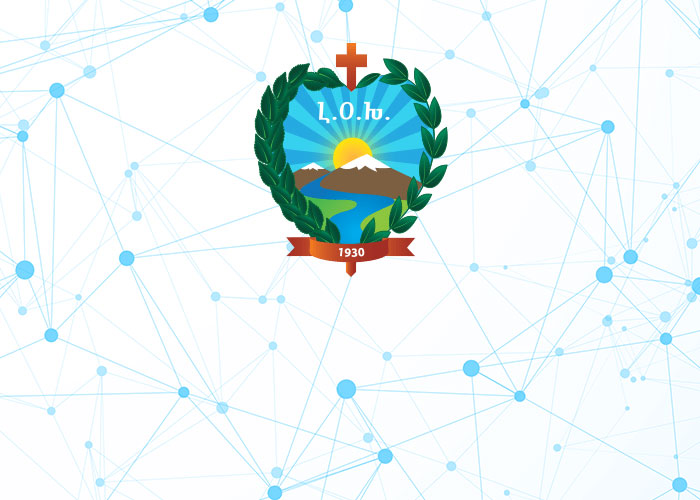Since the ARCL not only focuses on social work but also gives great importance to the development of social life, it took great interest in the flourishing of Armenian art and became a supporter of the women who practice needlework and embroidery.
The ARCL took a brave step to become a means of transferring these traditional delicate arts to the new generation, thus preserving an art born from the hereditary traditions of the Armenian people.
Armenian Patterns
The Armenian patterns which came from Cilicia and Armenia and are known as follows:
- Aintab embroidery
- Marash embroidery
- Urfa embroidery
- needlework or Armenian lacework
- Sivas (Sepasdia) embroidery
- Van embroidery
- Vaspuragan embroidery
- Kilis embroidery
- Malatya embroidery
- Kayseri embroidery
- Trabzon embroidery
- Dikranagerd embroidery
The Artisan Committee aims at:
- Preserving of Armenian embroidery techniques
- Saving the Armenian embroidery from loss
- Making Armenia embroidery available to the Armenian women and families
- Introducing Armenia embroidery to foreigners.
The Workshop
On June 18th 1976, a small ARCL workshop began with 20 ladies and 3 expert teachers. However, after a while, the small hall became inadequate for the workshop, whose reputation as a high-quality embroidery center had spread quickly. Therefore, the ARCL clinic and office were specially furnished and allocated to the workshop, whose students were already mastering the arts.
The workshop has enjoyed the support and encouragement of hundreds of friends who have presented the workshop with embroidery pattern booklets, embroidery machines, and other gifts that have helped the workshop to grow.
The Embroidery Center
Opened on September 10th 1980, the Embroidery Center contains various delicate embroidery pieces as well as beautifully crafted Armenian artwork suitable for all budgets. These are great gift ideas for all occasions. By buying gifts from the ARCL Embroidery Center, one not only supports the organization but also introduces Armenian embroidery into the houses and lives of the new generation, consequently keeping alive this Armenian heritage.
Embroidery from other nations is also crafted for the Embroidery Center where one can also find machine embroidery. The Embroidery Center also takes special orders.
Since 2005, the Center organizes embroidery courses. More than one hundred ladies have graduated from these courses and received appropriate certificates; many of them have become skilled teachers of the art while others have taken the craft as a profession.
Exhibitions
In 1977 during the somewhat peaceful days, the first exhibition of the workshop took place in the glass hall of the Ministry of Tourism in West Beirut under the patronage of late Catholicosates Khoren and Karekin II.
Throughout time, exhibitions abound to include not only newly created embroideries but also ancient pieces of delicate lacework and needlework gathered from houses. By the skills of the Artisan Committee, the colors of the old and used handicrafts are altered and new versions of Armenian embroidery are born with a modern style.
Each year, at least one exhibition is organized to introduce the public to the Center which enjoys a high reputation and its charm has spread all over the world.
The Artisan Committee
Advertising is campaigned through leaflets, the press, TV and radio stations, interviews and cards. Exhibitions and bazaars organized by the workshop committee or foreign organizations testify to the grand work that this committee carries out.
The Artisan Committee has participated in many exhibitions abroad:
- 1980 in Geneva, Switzerland
- 1984 in Canada
- 1985 in Paris, France
- 1991 in Cyprus
- 1998 in Sharjah, UAE
In 1999, the Regional Executive published a beautiful volume called “Haygagan Aseghnakordsutyun” or “Armenian Needlework”. Then in 2002, Heghoush Papazian’s “Haygagan Darazner” or “Armenian Costumes” was published.



